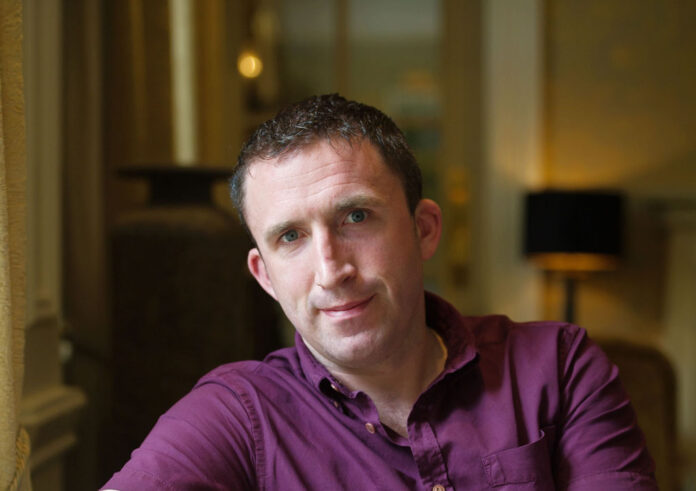As part of the East Clare Memorial Committee’s Scariff Martyrs 100 Programme, Historian Dr Tomás Mac Conmara, reflects on a major IRA attack that took place in Scariff 100 years ago this week.
FROM all surrounding parishes, on Saturday evening, September 18, 1920, groups of armed young men moved closer to the town of Scariff.
Within the town, IRA Volunteers, including Alphie Rodgers, Martin Gildea and Michael ‘Brud’ McMahon, who had been central to the planned action, waited, impatiently. By mid-September, the republican leadership in east Clare had decided to move on the heavily fortified RIC barracks in Scariff.
Their aims were two fold. Firstly, as part of IRA strategy nationally, the police were to be driven from rural areas in order for the IRA to establish areas of control and stronger bases from where they could build their campaign. Secondly and for the local IRA, perhaps as important, was the aim of capturing any intelligence and ammunition they could from within the barracks,
The attack involved Battalions from across the East Clare Brigade area from Newmarket to Kilanena. Peter Higgins, uncle of Ireland’s ninth President was a participant. Westmeath native, Tomás Malone (alias ‘Seán Forde’) together with fellow Limerick IRA men, Nicholas O’Dwyer and Bill Hayes, travelled to participate in the attack. Roads were blocked entering the district, with a particularly large obstacle established to the south of Scariff by the Bodyke Company to ensure the Oxford and Buckinghamshire Regiment, based in Tulla did not get through.
The RIC Barracks in Scariff was a two story stone building, manned by between twelve and twenty police, comprised of both RIC and Black and Tans. At the front of the building, two steel shuttered windows flanked the doorway at the centre, which for some time prior to the attack had been permanently closed with sandbags and barbed wire. With increasing attacks on RIC barracks and outposts across the country, the police in Scariff had readied themselves.
Nevertheless, it had been hoped by the IRA that the element of surprise, together with advanced ammunition, that the barracks would be overcome with relative ease. Malone had had been appointed by the leader of the action, Micheál Brennan, to drive a car past the barracks and to open fire on the policemen outside. While waiting in his car, Malone heard a shot. A Volunteer had prematurely discharged his weapon, alerting the RIC to the impending attack. He knew it was too late and emerged from his car to join the fight. Within minutes of the shooting, Sergeant Sullivan and Constable Broderick had been wounded. Before long, Verey lights illuminated the sky above Scariff town, to alert the British forces in Tulla, who when they arrived in Bodyke were prevented from getting to the site of battle.
A large supply of 28lb bombs, which had been carefully moved from Dublin to East Clare, failed to explode, despite multiple being hurled into the besieged barracks by Volunteers including former British solider Joe Clancy from Kilkishen. After two hours of intermittent shooting and return fire from within the barracks, a number of sharp whistle blows indicated the attack was over and IRA Volunteers immediately began to peel away from the town. The attack had lasted for approximately two hours and concluded between 10.30pm and 11pm, when the IRA withdrew. The key element of surprise was removed by the accidental discharge of a shot, which alerted the police. However, it was the failure of the bombs to affect the type of damage expected that ultimately meant the action was doomed to disappoint.
The first effect of the attack was to increase dramatically the levels of British force activity in north east Clare, with multiple violent raids across the area. Before long, a large cordon of British forces encircled the town, within which the inhabitants were harassed and beaten. All shops with Irish over their premises were ‘obliged to obliterate them’. Although not an initial success, the withdrawal days later of the RIC from the barracks in Scariff and its subsequent destruction by the IRA, left the area of east Clare from Tulla to the Galway border without a strong British post. For Rodgers, Gildea and McMahon, later known with Michael Egan as ‘The Scariff Martyrs’, it was the beginning of two months of remarkable intensity that would end in their brutal deaths. Within that partially liberated space in east Clare, much would take place over those months that would leave indelible marks on the area.
The Scariff Martyrs, War Murder and Memory in East Clare by Tomás Mac Conmara will be published by Mercier Press in 2021.

